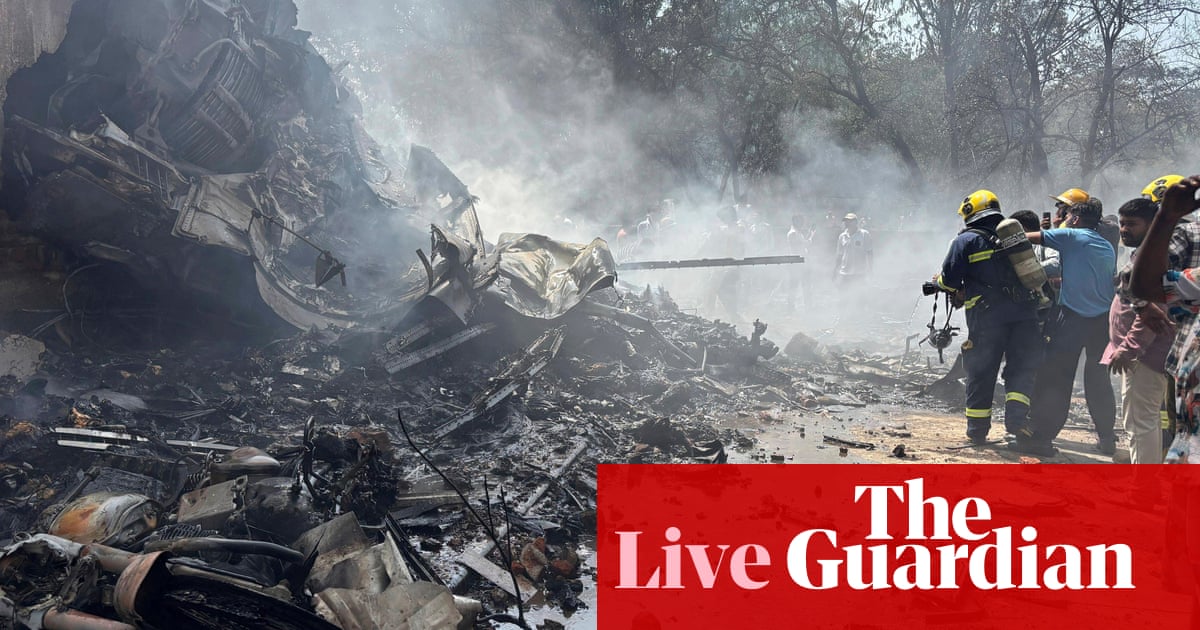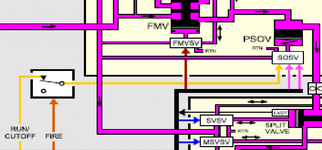LittleInch
Petroleum
A full 787-8 has crashed shortly after take off in ahmedabad.
Basically barely got off the ground then look like its trying to land in this video.

 www.theguardian.com
www.theguardian.com
Specualtion that they pulled flaps up instead of gear up and basically didn't have enough lift so it looks like a gentle stall right into a built up area.
Looks to be flaps up, slats/ nose flaps down and gear down which is very odd.
Basically barely got off the ground then look like its trying to land in this video.

Air India flight to London Gatwick crashes in Ahmedabad with more than 240 people onboard – latest updates
Plane for flight AI171 was carrying 242 people including 169 Indians and 53 Britons, says Air India
Specualtion that they pulled flaps up instead of gear up and basically didn't have enough lift so it looks like a gentle stall right into a built up area.
Looks to be flaps up, slats/ nose flaps down and gear down which is very odd.
Last edited:



